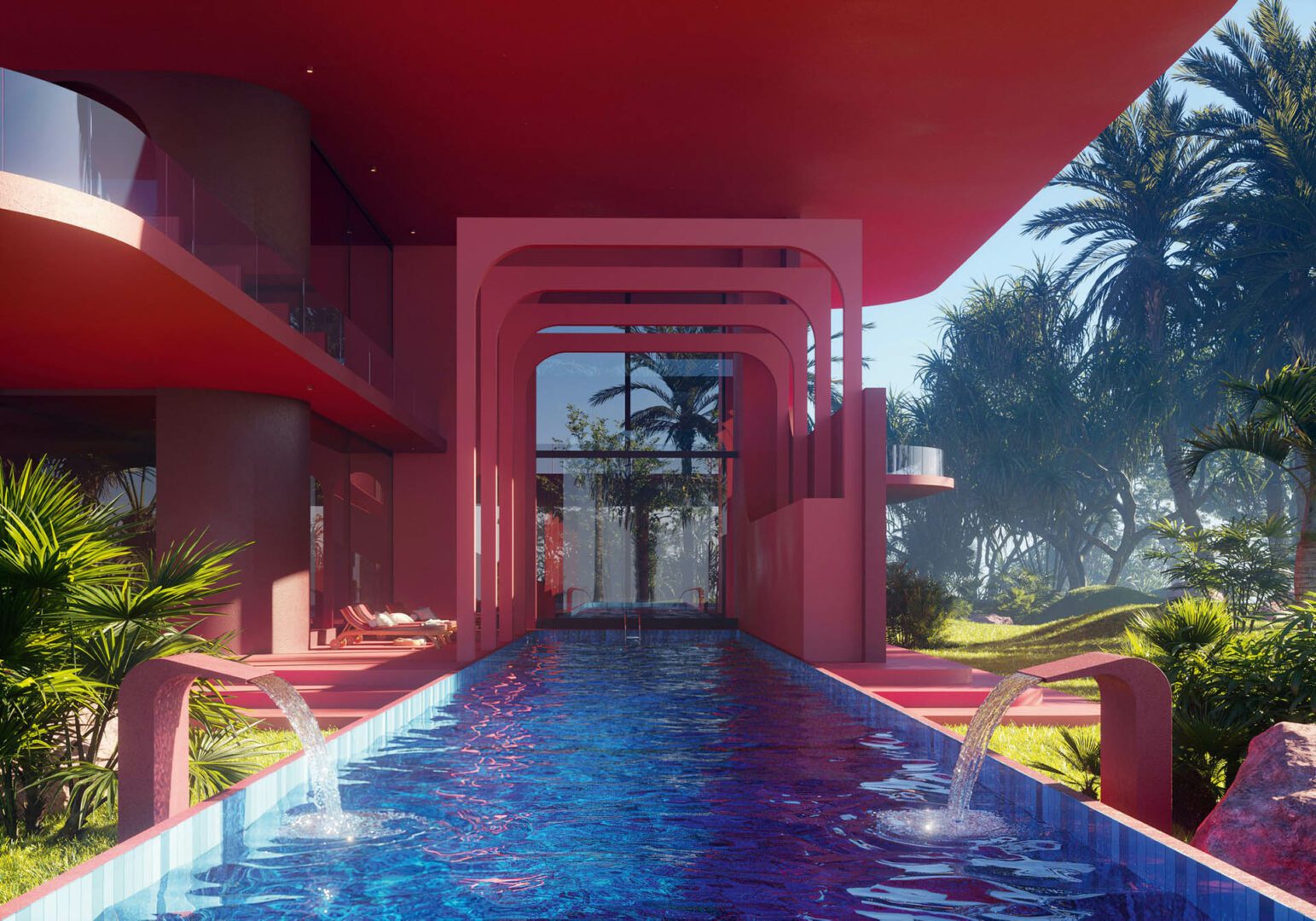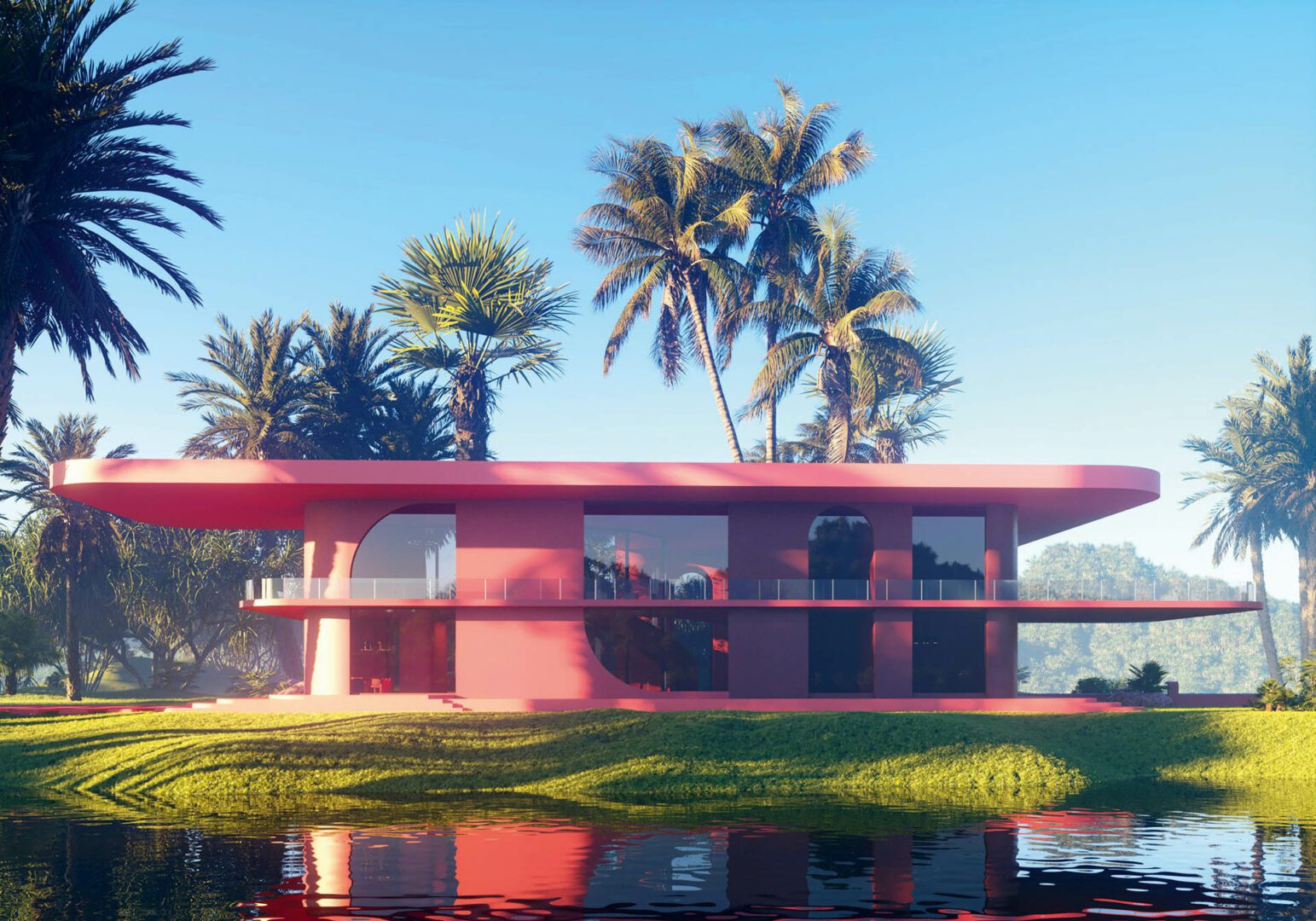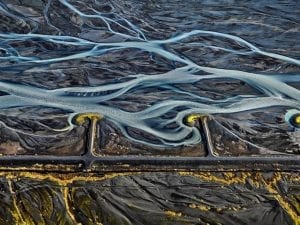In 2023, a series of “photographs” of Pope Francis in a white puffer jacket went viral. It was a watershed moment for digital culture, and a wake-up call regarding how easily we can be fooled by AI and deepfakes. Just one year on, and we’re more aware than ever before of the serious pitfalls and ramifications of AI-generated images. In recent months, we’ve seen them leveraged as a tool for misinformation, to steer elections and shape opinion. Pictures of Donald Trump being arrested went viral in 2023; they were later debunked. As the 2024 election campaign unfolds, the former president has shared AI content, including a fake Taylor Swift endorsement.Additionally, over the last year or so, social media feeds have been flooded with increasingly bizarre and off-kilter spam, from fake product adverts to likenesses of Jesus made from foodstuffs. Then there’s the elderly woman, sitting behind her homemade 122nd birthday cake, with more than 4,000 shares, 20,000 comments and 100,000 reactions.
According to a new pre-print paper by Stanford Internet Observatory, a post including an AI-generated image was one of the 20 most-seen pieces of content on Facebook in the third quarter of 2023, with 40 million views. Increasingly, we’re second guessing and factchecking everything we see online.There are a lot of ethical and moral questions around generative image-making, from its environmental impact to online safety. In the creative industries, issues of copyright, disclosure and ownership are at the heart of the conversation. The debates become heated, and it can feel like artificial intelligence is developing too fast for regulators to keep up. However, it’s not all doom and gloom. On the other side of the coin, there are creatives who are open and transparent about using tools like DALL-E and Midjourney as part of their working processes – either in addition to their “real” craft, or as an art form all its own. Digital rendering has been integral to the field of architecture for decades. Now, it is colliding with other disciplines, creating a space where anything is possible, and through which we can visualise not only functional ideas, but our wildest and most escapist designs, too.
Living in a Dream: Dreamscapes, Imagined Architecture and Interiors, a new publication from Gestalten, provides a space to enjoy these fantastical buildings without having to perform the double take of social media scrolling. As readers flip through these images, they won’t need to ask: “is this real?” The answer is clear: no, it is not – at least not in the traditional sense of the word. The book has been curated to show us what can happen when we combine the human imagination with powerful digital tools. We are introduced to the likes of Alexis Christodoulou, Andrés Reisinger and Six N. Five, pioneers in this space. The results: utopian skyscrapers, cotton-candy dwellings, idyllic treehouses and impossible interiors, as well as plans for projects that are yet to be realised. We sat down with Gestalten’s Founder, Robert Klanten.

A: What is the story behind the book? Why now?
RK: The human imagination is a powerful tool, and we’re seeing a more diverse range of artists, professionals and amateurs utilising AI to fully leverage human creativity. In the case of Living in a Dream, we are very much interested in artificial architecture and interiors. It has been the case for artists throughout history that dreams are the first step to building something tangible. After all, we can only create the things we can imagine. The difference today is that digital designs can often look indistinguishable from reality. In a way, there is an ambivalence towards reality.
A: How did you go about curating the selection? And how would you describe the creatives featured in this title?
RK: The book curates projects by talented people from many varied disciplines. These include artists, graphic designers, interior designers, architects and product designers. Artificial architecture, in a way, is a unique space in which a new school of creatives from different backgrounds has equal position in producing something interesting. Each of them brings a fresh and different perspective, depending on specialism.

A: Stéphane Bauche proposes the idea of “ruinovation”, offering “plausible” reuse schemes for abandoned or crumbling structures. Are there any instances where these kinds of concepts have come to life in reality?
RK: One of the people featured in the book, David Alf, is an architect at Olson Kundig. He uses Midjourney, a gen- erative artificial intelligence programme and text-to-image tool, as a sketchbook. It serves as a means of exploring ideas that may eventually become real developments. Alf has contributed three architecture projects to this book, Creek Crossing, Rolling Green and Concrete Accommodations, which integrate with existing landscapes to create living spaces that are harmonious with their natural surroundings. The former is reminiscent of 20th century Brazilian architecture, whilst the second embeds several homes in Ireland’s white Atlantic cliffs. The latter is comparable to Philip Johnson’s rectangular designs and blends International Style with Brutalism.
A: Let’s talk about Lemeal Studio’s Barbie dream- house-esque structures. What makes them successful?
RK: It started about five years ago when the 3D architec- ture bureau, founded by siblings Davit and Mary Jilavyan, worked on a project for a house in Mexico for friends. The idea was to avoid using glass walls; the clients wanted some- thing different, and the result was a yellow-pink concrete structure. It was simple, childlike, but eye-catching – at com- pletion it received a lot of recognition throughout design communities all over the world. After the Covid pandemic, Lemeal Studio found themselves at home with nothing to do in the evenings. They decided it would be exciting to create an entire village of such colourful houses, and they’ve described that process as “feeling like children again play- ing with legos.” Maybe it’s that nostalgia that resonates with people. After the Sonora Art Village was completed, they went on to render many more colourful ideas, always adding new elements and experimenting. Raspberry Villa is one such project. Surrounded by palm trees and immaculate mowed lawns, the two-storey residence is retro-futurist and pink – inside and out. The key to Lemeal Studio’s work is that it is surreal yet plausible, and their 2021 project, Summertime, exemplifies this ethos. Set beneath cloudless blue skies and against backdrops of tropical foliage, its buildings range from holiday villas to castles in the sky.
A: What does the allure of these fantastical spaces say about the human psyche, and our desire to daydream?
RK: There has always been a precedence in art for escapism, from the late 18th century Romantic period, which saw sublime, uncontrolled scenes from nature – like storms and waterfalls – take centre stage, to contemporary science fiction novels and video games. Think about movies such as 2001: A Space Odyssey (1968) and Blade Runner (1982), or the avant-garde films of Alejandro Jodorowsky. The people who conjured up and constructed these spaces and sets are artists, visionaries, world builders. Those featured in Living in a Dream follow in their footsteps. They are rendering the wants and needs that the world around us is either unable or unwilling to express.

A: What does it take to make one of these designs?
RK: Ulises Studio says that producing images with artificial intelligence is “a combination of fine prompting and curation, which can take a long time to achieve the desired results.”
A: Is there a particular project that stands out to you?
RK: I am a big admirer of Hassan Ragab’s work. His interior designs combine a non-western visual language with modernist interior aesthetics, and it works elegantly. He mixes both contemporary and ancient references, of- fering a refined blueprint for adapting existing architecture. They look historical, but also have a lived-in feel.
A: This publication takes an optimistic view of AI as democratic, but there are increasing concerns surrounding its usage. What are your thoughts on this?
RK: People in art and design have always pushed back against new technologies. The introduction of the desktop publishing software Quark, in the 1980s, was a good example of this. With the increasing application of computer-generated imagery in art, the genie is already out of the bottle. So, it’s really a case of trying to work with these tools, rather than against them. Lemeal Studio is an interesting case-in-point. When AI first started gaining traction, the duo saw it as “a strong tool that could provide so many possi- bilities and ideas.” But, the more popular it became, fewer people who still worked with their own ideas – and with their hands – were getting attention. “It’s sad that something created from words, and using others’ references, can receive more recognition than projects built from scratch,” the studio said. Nowadays, Lemeal Studio implements AI tools into its processes whilst appreciating human labour. It plans to create both “AI-free and AI-friendly” projects in the future.
Words: Eleanor Sutherland
Living in a Dream, Gestalten | Published October 2024 | gestalten.com
Image Credits: Lemeal Studio, from Living in a Dream, Gestalten, (2024).





